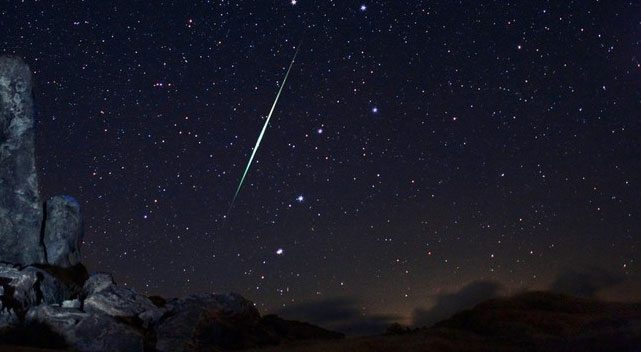On the night of November 4th, a minor meteor shower may be visible in the sky. Following that, around the night of the 17th into the morning of the 18th, astronomy enthusiasts will have the chance to witness a larger meteor shower.
On November 4th, stargazers can observe the Taurids meteor shower, a minor meteor shower with about 5 to 10 meteors per hour.
The Taurids meteor shower occurs annually from September 7th to December 10th, peaking on the night of November 4th.
What makes the Taurids meteor shower special is the presence of two distinct streams. The first stream is created by dust particles left behind by Asteroid 2004 TG10. The second stream is formed by debris from Comet 2P Encke.
This year’s peak of the Taurids meteor shower coincides with the waning crescent moon phase, which may affect visibility. However, with patience and suitable weather conditions, stargazers can still admire long and beautiful trails of light.

November features two minor meteor showers.
After the Taurids, astronomy lovers can look forward to the Leonids meteor shower.
Formed from dust particles left by Comet Tempel-Tuttle, the Leonids meteor shower occurs annually from November 6th to 30th, peaking on the night of the 17th into the morning of the 18th with about 15 meteors per hour.
This year’s observation time for the Leonids coincides with the crescent moon phase, making viewing conditions quite favorable.
The best time to observe meteor showers is after midnight, in a clear area with minimal light pollution and low air pollution. Note to check the weather if you plan to observe.
| Meteor showers are more common astronomical phenomena compared to many other celestial events. Each year, stargazers have the opportunity to witness over a dozen meteor showers. Among them, the Perseids meteor shower in August and the Geminids meteor shower in December are the largest. At their peak, these two meteor showers can produce 60-80 meteors per hour. |


















































